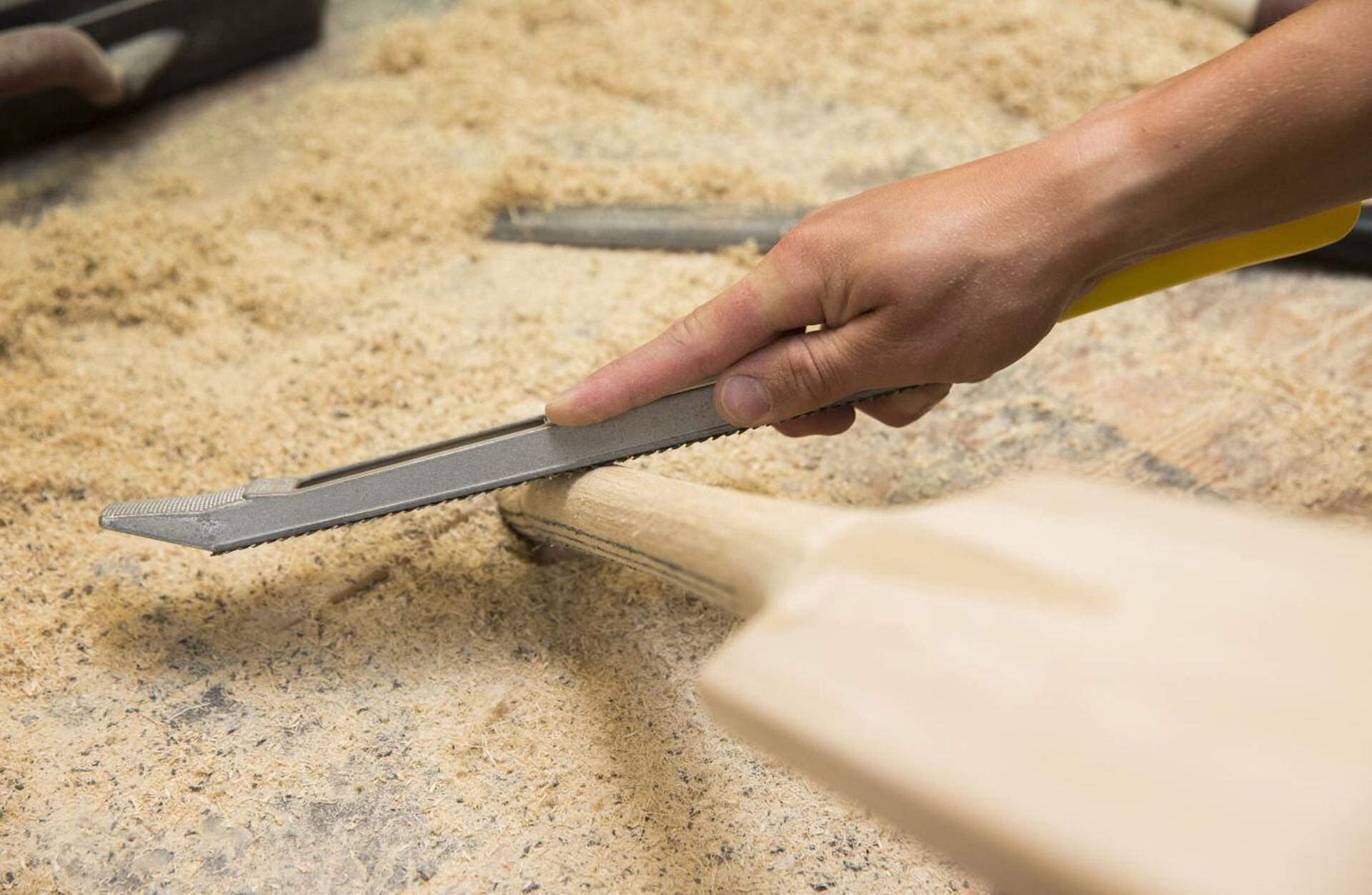The Art and Science of English Willow Cricket Bats: Crafting Excellence

Cricket, often referred to as a gentleman's game, is a sport that holds a special place in the hearts of millions around the globe. From the iconic sound of leather meeting willow to the strategic battles between bat and ball, cricket is a game steeped in tradition and craftsmanship. At the heart of this tradition lies the English willow cricket bat – a meticulously crafted instrument that has evolved over centuries to become the weapon of choice for professional cricketers worldwide.
The Origin Story
The history of the cricket bat dates back to the 16th century, where it was initially shaped more like a hockey stick. Over time, the design evolved, and by the 18th century, the familiar blade shape began to emerge. It was during this period that English willow, a wood known for its durability and responsiveness, became the preferred material for crafting cricket bats.
The Choice of Champions
English willow is sourced primarily from the Salix alba caerulea tree, commonly found in the wetlands of England. What sets this wood apart is its unique combination of strength, resilience, and lightness – essential qualities for a cricket bat that must withstand the impact of a hard leather ball traveling at high speeds.
Professional cricketers swear by the performance of English willow bats, which offer an unparalleled blend of power and precision. The sweet spot, typically located near the middle of the bat, delivers a satisfying response when the ball makes contact, allowing batsmen to generate maximum power while maintaining control over their shots.
The Craftsmanship Behind the Bat
Crafting an English willow cricket bat is a labor-intensive process that requires skill, patience, and attention to detail. It all begins with the careful selection of premium-grade willow clefts, which are handpicked based on their grain structure, density, and overall quality.
Once selected, the cleft is seasoned to reduce moisture content and improve the wood's stability. This crucial step ensures that the bat will maintain its shape and performance characteristics over time. Next comes the shaping process, where skilled craftsmen use traditional hand tools to carve the bat's profile, including the blade, handle, and shoulders.
After shaping, the bat undergoes multiple stages of sanding, polishing, and finishing to achieve a smooth, uniform surface. Each bat is then individually weighed and balanced to meet the specific requirements of the player. Finally, the bat is branded with the manufacturer's logo and coated with a protective layer of oil to enhance its durability and moisture resistance.
The Evolution Continues
While the basic principles of bat making have remained relatively unchanged over the years, modern technology has brought new innovations to the craft. Advanced manufacturing techniques, such as computer-aided design (CAD) and automated shaping machines, have streamlined the production process while ensuring consistency and precision.
Additionally, bat manufacturers are constantly experimenting with new materials and designs to push the boundaries of performance even further. Carbon fiber reinforcements, ergonomic handles, and innovative blade profiles are just a few examples of how technology is shaping the future of cricket bat design.
Conclusion
In the world of cricket, the English willow bat remains the gold standard – a symbol of tradition, quality, and excellence. From the skilled hands of craftsmen to the hands of professional cricketers on the field, each bat carries with it a legacy of craftsmanship and passion that spans generations.
As the game continues to evolve, so too will the art and science of bat making. Yet, amidst all the advancements and innovations, one thing will remain constant – the timeless appeal of the English willow cricket bat, standing as a testament to the enduring spirit of the sport.

